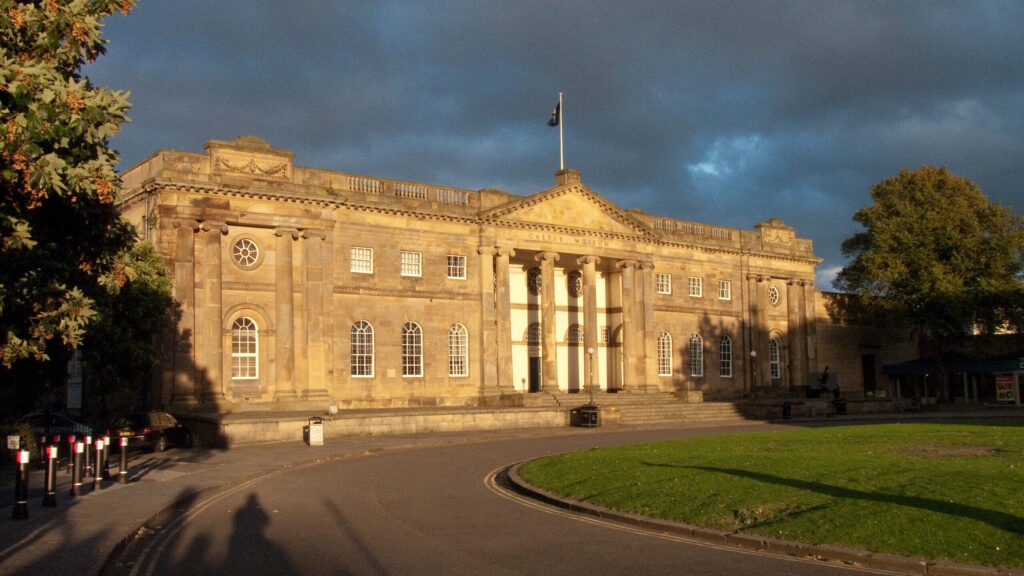
In the heart of York, a recent discovery of Reinforced Autoclaved Aerated Concrete at York Castle Museum has sparked concerns in the craft and conservation sector. The closure of a portion of the museum due to issues with RAAC has prompted questions about this relatively obscure material and its impact.
The York Castle Museum
The closure was necessary because RAAC was found in the roofing of the north side of York Castle Museum, which houses notable exhibitions like Victorian Kirkgate, Period Rooms the Toy Gallery, and the Shaping the Body exhibition. In contrast, the rest of the museum, featuring attractions like the Prison Cells, the Sixties Gallery, and the First World War Gallery, will remain open. This precaution was taken in line with government guidelines, prioritising public safety while specialists inspect and address the issue.
In a statement to local media, a spokesperson for the York Museums Trust explained, “Once we established that RAAC was present, we sought advice from City of York Council. Following government guidelines, we made the decision to close that part of the museum.” However, the museum has plans to enhance its offerings and activities in other sections, all while offering a reduced entry rate to visitors.
Understanding RAAC: Its Origins and Properties
Catherine Croft, Director of the Twentieth Century Society and Lecturer in the Conservation of Historic Concrete at West Dean College, explains that RAAC is derived from AAC (Autoclave Aerated Concrete), first developed in the 1920s. The “R” indicates the inclusion of steel reinforcement within AAC.
AAC is a specialised form of pre-cast concrete produced in factories. It incorporates aeration during mixing, resulting in a lightweight, cellular structure. RAAC is cast in steel moulds and then strengthened within an autoclave, similar to firing clay bricks in a kiln. One key distinction is that RAAC lacks larger stone aggregates, making its planks and blocks lighter and easier to transport. It also offers enhanced thermal and sound insulation. However, RAAC has lower compressive strength compared to regular concrete, meaning it is more prone to crushing under certain loads. Typically, this factor is considered during initial design.
Recent developments have unearthed various issues tied to RAAC. These include problems with original construction, where some RAAC beams were not adequately supported at both ends during their initial construction, posing structural concerns. Maintenance-related issues have also come to the forefront due to poor upkeep practices, leading to problems such as roofs with failed waterproofing layers, resulting in prolonged exposure to moisture and concrete deterioration. Furthermore, buildings have encountered challenges when adding extra weight to address water ingress issues, emphasising the importance of ensuring the strength of RAAC when incorporating insulation for improved thermal performance.
Prior to the partial closure of York Castle Museum, Croft commented that beyond schools, it was likely that other public buildings from the same era, including hospitals, prisons, libraries, theatres, and leisure centres, may also contain varying amounts of RAAC.
While it has been stated that all RAAC in the country has now “exceeded its design life,” it’s essential to note that this doesn’t necessarily mean imminent failure. Many building components safely surpass their design lives. The longevity of RAAC varies based on factors like manufacturing source, building type, location, and subsequent maintenance practices. In-depth research is needed, examining RAAC examples across different manufacturers and building scenarios to gain a clearer understanding of its performance and longevity.
As RAAC continues to be a subject of scrutiny in the craft and conservation world, the challenges it presents underscore the complexities of preserving our architectural heritage. In York, where history is woven into every structure, the story of RAAC unfolds, reminding us of the ongoing efforts required to protect our heritage.